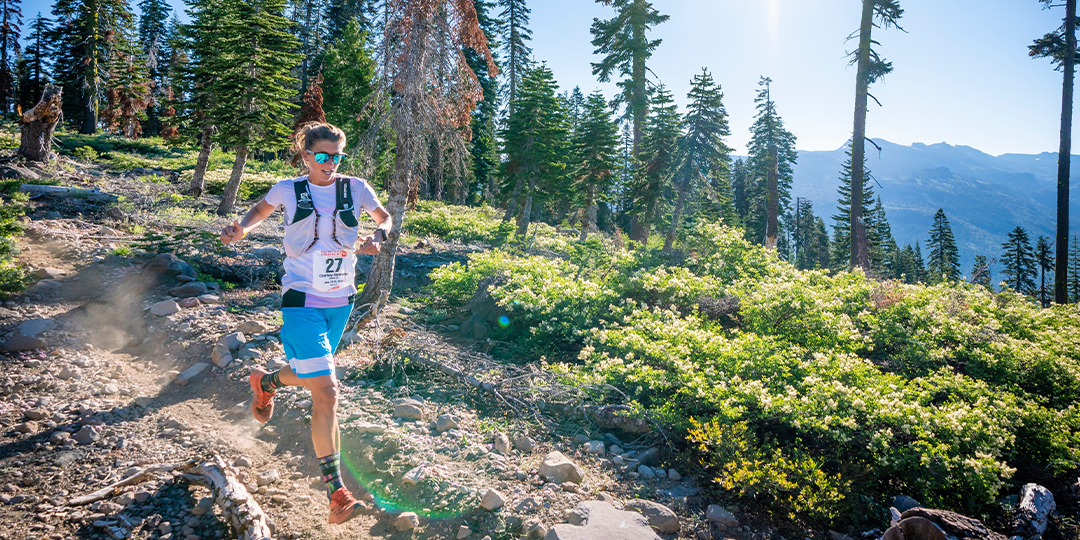Popular Destinations: Western States 100
The Western states of the United States are home to some of the most breathtaking national parks in the world. These parks offer a wide range of experiences, from hiking and camping to wildlife viewing and historical exploration.
The following are the top 10 must-visit national parks in the Western states:
- Yellowstone National Park (Wyoming, Montana, Idaho): Yellowstone is the oldest national park in the United States and is home to a vast array of wildlife, including bears, wolves, bison, and elk. The park is also home to Old Faithful, one of the most famous geysers in the world.
- Grand Canyon National Park (Arizona): The Grand Canyon is one of the most iconic natural landmarks in the world. The canyon was carved by the Colorado River over millions of years and is up to 18 miles wide and a mile deep.
- Yosemite National Park (California): Yosemite is home to some of the most dramatic scenery in the United States, including granite cliffs, waterfalls, and giant sequoia trees. The park is also home to Half Dome, one of the most popular hiking destinations in the world.
- Zion National Park (Utah): Zion is a land of towering sandstone cliffs, narrow canyons, and lush vegetation. The park is home to a variety of wildlife, including bighorn sheep, mule deer, and condors.
- Bryce Canyon National Park (Utah): Bryce Canyon is home to a unique collection of hoodoos, which are tall, thin spires of rock. The park is also home to a variety of wildlife, including mule deer, elk, and coyotes.
- Grand Teton National Park (Wyoming): The Grand Tetons are a range of mountains that rise above the Jackson Hole valley. The park is home to a variety of wildlife, including bears, wolves, moose, and elk.
- Rocky Mountain National Park (Colorado): Rocky Mountain National Park is home to a variety of mountains, lakes, and forests. The park is also home to a variety of wildlife, including bears, moose, elk, and bighorn sheep.
- Mount Rainier National Park (Washington): Mount Rainier is a stratovolcano that rises above the Cascade Mountains. The park is home to a variety of glaciers, waterfalls, and forests. The park is also home to a variety of wildlife, including bears, cougars, and mountain goats.
- North Cascades National Park (Washington): North Cascades is a land of towering peaks, glaciers, and pristine lakes. The park is home to a variety of wildlife, including bears, cougars, and mountain goats.
- Olympic National Park (Washington): Olympic is a land of rainforests, mountains, and beaches. The park is home to a variety of wildlife, including bears, cougars, and whales.
These national parks are just a few of the many that are located in the Western states. Each park offers a unique experience that is sure to leave a lasting impression.
Outdoor Activities

Western states 100 – The Western states offer a breathtaking array of outdoor activities, from tranquil hikes through verdant forests to exhilarating mountain biking trails. With its diverse landscapes, ranging from rugged mountains to pristine lakes, there’s something for every nature enthusiast.
The region boasts an extensive network of hiking trails, catering to all levels of experience. From gentle strolls along scenic lakeshores to challenging ascents to towering peaks, hikers can immerse themselves in the beauty of the natural surroundings. Iconic trails include the Pacific Crest Trail, winding its way through California, Oregon, and Washington, and the John Muir Trail, traversing the heart of the Sierra Nevada mountains.
Biking
Mountain biking enthusiasts will find an abundance of thrilling trails throughout the Western states. From the high-altitude passes of Colorado to the technical single-track trails of Utah, there are options for both recreational riders and adrenaline junkies. Popular destinations include Moab, Utah, renowned for its slickrock formations, and Sedona, Arizona, with its stunning red rock canyons.
Fishing, Western states 100
Anglers can cast their lines in pristine rivers, tranquil lakes, and vast oceans. The Western states offer a wide variety of fishing experiences, from fly-fishing for trout in the Rocky Mountains to deep-sea fishing off the Pacific coast. Notable fishing destinations include the Snake River in Idaho, known for its abundant trout population, and the Columbia River Gorge in Oregon, where salmon fishing is a popular pastime.
Camping
Camping enthusiasts will find numerous opportunities to pitch their tents under the starry skies of the Western states. From secluded campsites nestled amidst towering trees to RV parks with all the amenities, there are options to suit every preference. Popular camping destinations include Yosemite National Park in California, with its iconic granite cliffs and giant sequoia trees, and the Grand Canyon National Park in Arizona, offering breathtaking views of the Colorado River and its sculpted canyons.
Wildlife Viewing
The Western states are home to a diverse array of wildlife, from majestic bald eagles soaring through the skies to playful sea otters frolicking in the ocean. Wildlife enthusiasts can embark on guided tours, hike through wildlife sanctuaries, or simply keep an eye out for sightings in national parks and protected areas. Notable wildlife viewing destinations include Yellowstone National Park in Wyoming, known for its abundant wildlife, and the Monterey Bay Aquarium in California, showcasing the rich marine life of the Pacific Ocean.
Cultural Heritage

The Western states of the United States possess a rich tapestry of cultural heritage, woven from the threads of Native American tribes, pioneers, and immigrants.
Native American tribes have inhabited this region for centuries, leaving an enduring legacy in the form of ancient ruins, petroglyphs, and traditional arts and crafts. The arrival of European explorers and settlers in the 19th century brought a new wave of cultural influences, shaping the region’s history and traditions. Immigrants from around the world have also contributed to the cultural mosaic, adding their own languages, customs, and cuisines to the mix.
Landmarks and Museums
The Western states are home to numerous landmarks and museums that celebrate the region’s cultural heritage. These include:
- The Mesa Verde National Park in Colorado, which preserves the ruins of ancient Puebloan cliff dwellings.
- The Petrified Forest National Park in Arizona, which features a vast collection of fossilized trees and other ancient artifacts.
- The Buffalo Bill Historical Center in Wyoming, which showcases the history of the American West through exhibits on cowboys, Native Americans, and pioneers.
- The Smithsonian National Museum of the American Indian in Washington, D.C., which houses a vast collection of Native American artifacts and art.
Cultural Events
The Western states also host a variety of cultural events that celebrate the region’s heritage. These include:
- The Sundance Film Festival in Utah, which showcases independent films from around the world.
- The Santa Fe Indian Market in New Mexico, which is one of the largest Native American art markets in the world.
- The Cheyenne Frontier Days in Wyoming, which is a week-long rodeo and festival that celebrates the cowboy culture of the West.
These landmarks, museums, and cultural events offer visitors a glimpse into the rich and diverse cultural heritage of the Western states. They are a testament to the enduring legacy of the people who have shaped this region’s history and traditions.
The Western States 100, a legendary ultramarathon that traverses the breathtaking Sierra Nevada mountains, captivates endurance enthusiasts worldwide. For those unable to witness the spectacle in person, tour de france live stream free offers an immersive experience. Back to Western States 100, runners embark on a grueling 100-mile journey, navigating rugged terrain and testing their physical and mental limits.
The Western States 100 is one of the most challenging ultramarathons in the world, covering 100 miles through the rugged Sierra Nevada mountains. The race is known for its extreme terrain, high altitude, and unforgiving heat. In contrast, the Tour de France 2024 Stage 1 will take place in the Basque Country, a region known for its rolling hills and picturesque scenery.
While both races are grueling tests of endurance, the Western States 100 is considered to be one of the most difficult due to its extreme conditions. Tour de France 2024 Stage 1 will be a challenging race, but it is unlikely to be as physically demanding as the Western States 100.